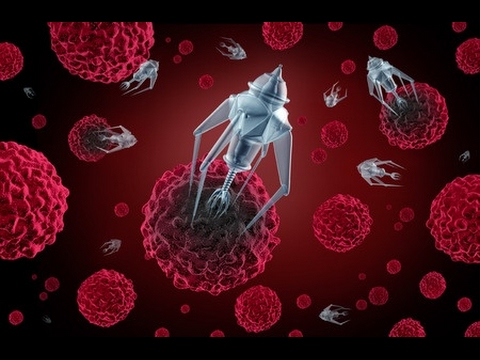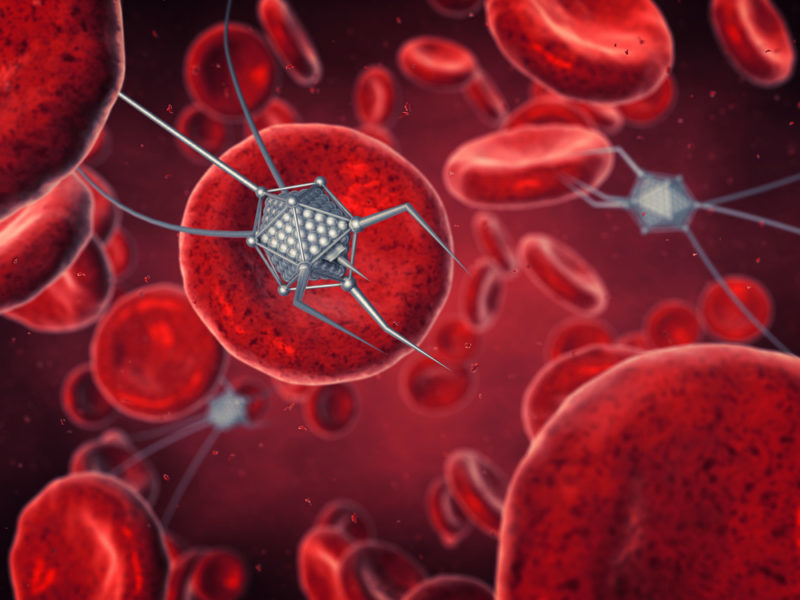Investigating the advantages of nano-bio-electronic robots (PhD in nano-microelectronics)
Researcher and author: Dr. ( Afshin Rashid)
Note: Nano-robots are small machines that are designed to perform specific and sometimes repetitive operations with great precision. One of the other capabilities of nanobots is their ability to reproduce and adapt to the biological conditions of the human body.
They have an advanced level of machine intelligence to choose the best option for diagnosing the disease. For example, cancer, which is the most common incurable disease, they will not only be able to identify the exact location of the cancer, but also inject the right medicine to kill the cancer cells. Nano-robots are made in sizes between 0.1 and 10 micrometers and with nanoscale or molecular components. Nanomachines are largely in the research and development phase.
Nano-robot energy sources
Energy sources
- Fluid kinetic energy
- Electromagnetic rays
- temperature changes
- Energy produced by vibration ( different environments, especially biological environment )
Research has shown that nanotubes can be used for many years, even a century, without compromising their performance, depending on the needs and design of the robots.
Advanced artificial intelligence
They have an advanced level of artificial intelligence to choose the best option for diagnosing the disease.
Very small dimensions
Nanobots are unlikely to be detected by the body as pathogens due to their small size.
Very short performance time
Because their movement is limited and biological events occur at the same rate in less time.
Function and function of nobots
Nobots stands for "nucleic acid robot". Nobots are organic molecular machines at the nanoscale. The structure of DNA can provide the means for the two-dimensional and three-dimensional collection of nanomechanical instruments. DNA-based machines can be activated using small molecules, proteins and other DNA molecules.
Conclusion :
Nanobots have the potential to protect the system meticulously by assembling and cloning. In fact, they are put into a process with an atomic or molecular structure to complete a cycle.
Researcher and author: Dr. ( Afshin Rashid)
PhD in Nano-Microelectronics




